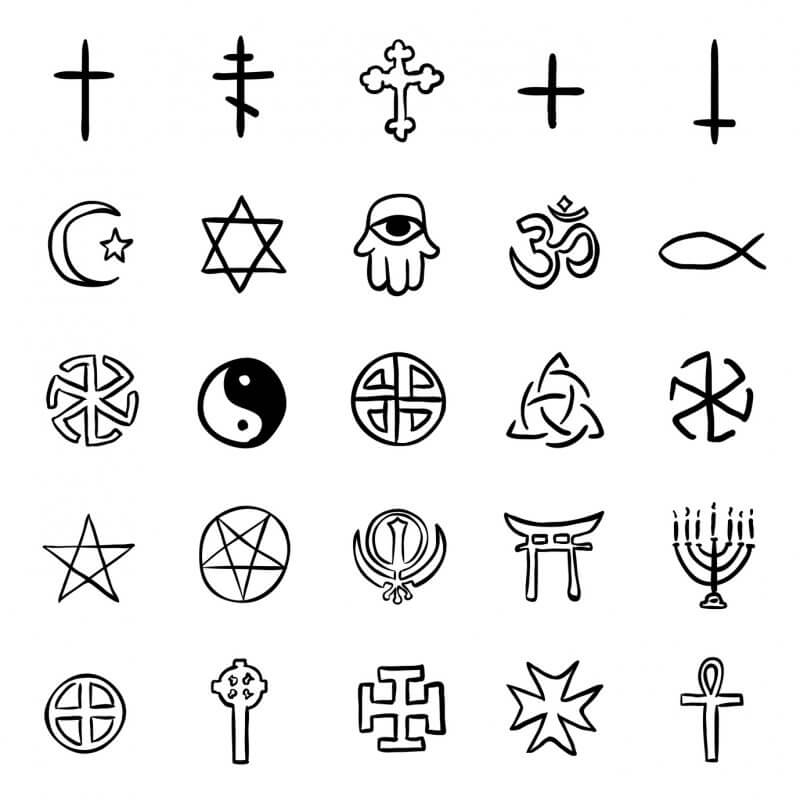 It is an indisputable fact that we live in a globalized world in permanent transformation. Globalization has economic, social and cultural aspects. One of the consequences of the globalization of the planet is multiculturalism, which could be defined as the coexistence of different cultural traditions in the same territory.
It is an indisputable fact that we live in a globalized world in permanent transformation. Globalization has economic, social and cultural aspects. One of the consequences of the globalization of the planet is multiculturalism, which could be defined as the coexistence of different cultural traditions in the same territory.
A brief description of multiculturalism
Societies in which the same social group predominates and there is a religion, a language and a culture still exist in many corners of the planet. However, the homogeneous society model is being replaced by a plural society model. In many cities and countries the population is heterogeneous in many ways: very different languages, religions, traditions and ways of understanding life coexist. This diversity has been coined with the term multiculturalism.
Multiculturalism is something more than the sum of cultural traditions in the same geographical space. In fact, multiculturalism implies a positive valuation of human diversity. We could say that it is a doctrine that defends tolerance, respect and coexistence between different cultures. This approach supposes a defense of the equality of all cultural traditions, in such a way that there is not one above the others but that all are valued on an equal footing. Multiculturalism implies a certain cultural relativism, that is, the consideration that one culture is not superior to another and that, consequently, differences in customs must be accepted as a sign of tolerance and peaceful coexistence.
Multiculturalism is sometimes understood as an opportunity, since it means that people with very different cultures can form a richer, more plural society with a cosmopolitan spirit.

Criticisms of multiculturalism
Multiculturalism is a desirable situation, as long as the diversity of traditions is accompanied by tolerance and respect. If in a neighborhood of a big city different religious traditions coexist in a civic and respectful climate, we are talking about the friendly and enriching face of multiculturalism.
However, some analysts of social phenomena emphasize the problematic aspects of this phenomenon of globalization. In this sense, there is a latent problem in plurality and we could express it with a series of questions: are two cultural traditions that value the role of women in society differently compatible? Is it tolerable for a human collective to live regardless of the traditions of a place and that it can even practice customs contrary to the laws in force? Is it reasonable to be tolerant with those who do not practice tolerance?
 These questions show that multiculturalism is not without its conflicts. In fact, there are concrete examples that highlight some problems of coexistence in plural societies (in some Western countries, the population of African origin practices clitoral ablation, a custom punished by Western laws and something accepted in some African countries).
These questions show that multiculturalism is not without its conflicts. In fact, there are concrete examples that highlight some problems of coexistence in plural societies (in some Western countries, the population of African origin practices clitoral ablation, a custom punished by Western laws and something accepted in some African countries).
The conflicts and imbalances of multiculturalism are for some an obvious proof that multiculturalism has two faces: one friendly and the other conflictive.
A conciliatory approach
Between the vision of multiculturalism as an ideal paradigm and the rejection of plurality we can find an intermediate and conciliatory position. It would consist of harmonizing respect for the laws of a country by the population as a whole with absolute tolerance for those particular customs of all social sectors. In other words, it would be about making compliance with the law compatible with different world views. This harmony is not a utopian ideal, since it has been possible in ancient Alexandria, in medieval Toledo, in Buenos Aires at the end of the nineteenth century, or in present-day New York, London or Montreal.
Photos: iStock - Juanmonino / Rawpixel









